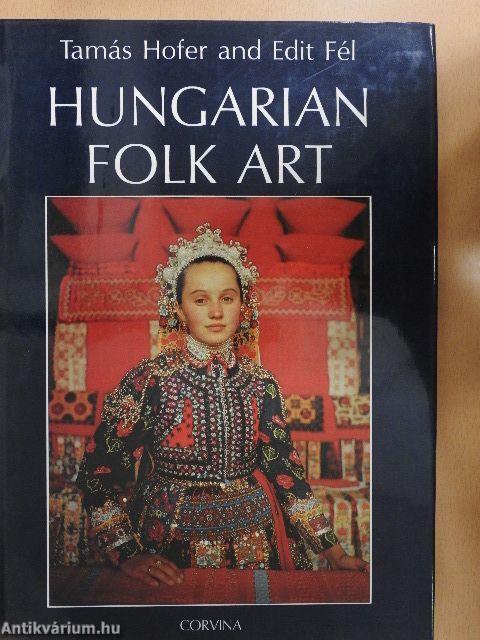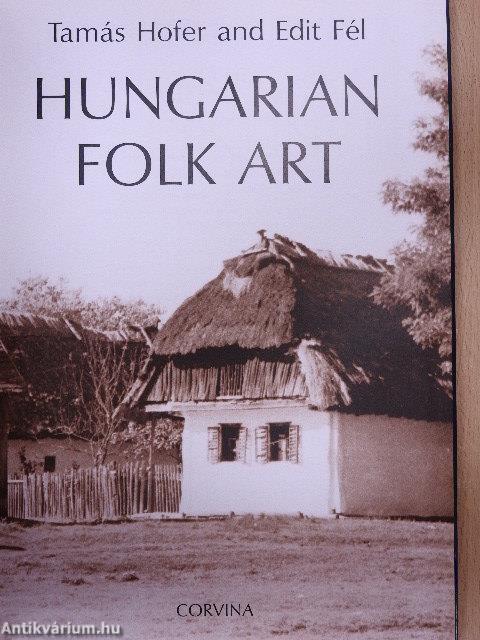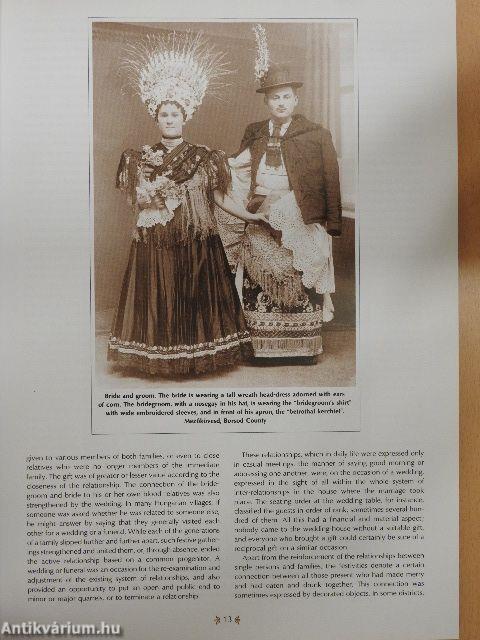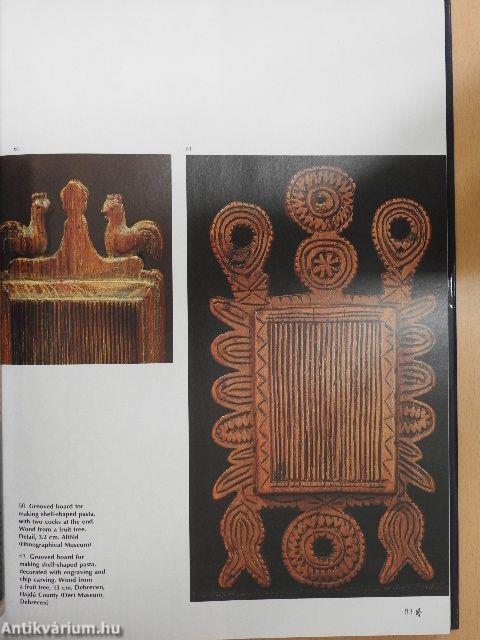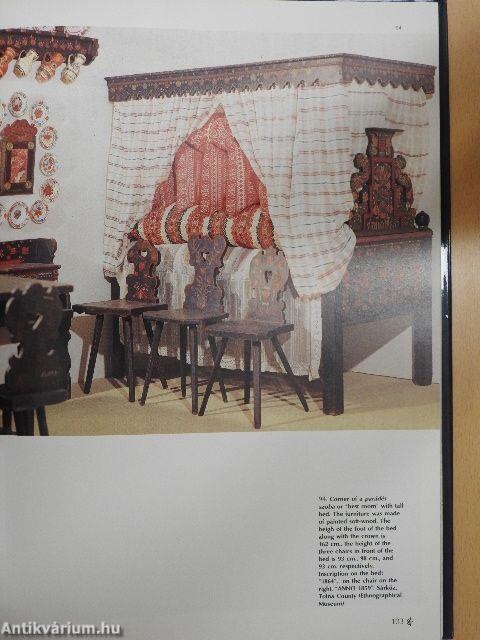1.066.456
kiadvánnyal nyújtjuk Magyarország legnagyobb antikvár könyv-kínálatát

VISSZA
A TETEJÉRE
JAVASLATOKÉszre-
vételek
Hungarian Folk Art
| Kiadó: | Corvina Books |
|---|---|
| Kiadás helye: | Budapest |
| Kiadás éve: | |
| Kötés típusa: | Vászon |
| Oldalszám: | 208 oldal |
| Sorozatcím: | |
| Kötetszám: | |
| Nyelv: | Angol |
| Méret: | 32 cm x 23 cm |
| ISBN: | 963-13-3941-6 |
| Megjegyzés: | További kapcsolódó személyek a könyvben. Színes és fekete-fehér fotókkal. |
naponta értesítjük a beérkező friss
kiadványokról
naponta értesítjük a beérkező friss
kiadványokról
Előszó
TovábbFülszöveg
Throughout Europe, Ihe development and flowering of folk art is related to the peasantry and ihe rural populace. This peasantry had several social groups. Some were free and some were serfs, villagers and citizens of market towns, petty nobles, agricultural labourers, village craftsmen and herdsmen. However, despite such differences, their lives were based on peasant tradition and their thougths were governed by peasant values. It was these people who made and accumulated the world of objects dealt with in this book, some of which they wove, sewed, embroidered or carved themselves, or else had craftsmen made for them. Some objects were store-bought, while others were acquired from dealers who were strangers to the community.
The majority of the objects illustrated in this book date from the nineteenth century, the great period of Hungarian folk art. There are also a significant number from the eighteenth century, a few from the seventeenth, and also from the twentieth. This... Tovább
Fülszöveg
Throughout Europe, Ihe development and flowering of folk art is related to the peasantry and ihe rural populace. This peasantry had several social groups. Some were free and some were serfs, villagers and citizens of market towns, petty nobles, agricultural labourers, village craftsmen and herdsmen. However, despite such differences, their lives were based on peasant tradition and their thougths were governed by peasant values. It was these people who made and accumulated the world of objects dealt with in this book, some of which they wove, sewed, embroidered or carved themselves, or else had craftsmen made for them. Some objects were store-bought, while others were acquired from dealers who were strangers to the community.
The majority of the objects illustrated in this book date from the nineteenth century, the great period of Hungarian folk art. There are also a significant number from the eighteenth century, a few from the seventeenth, and also from the twentieth. This division mirrors faithfully the true differences in the volume of production through time.
Though today we appreciate folk art for its beauty, at one time it expressed inter-personal relationships, and the "language" of objects of folk art could speak volumes. For instance, the way a woman dressed revealed whether she was a maiden or a wife, whether she was engaged, or the mother of a new-born infant. The authors of this book wish to assist the reader in understanding this highly intricate language of objects.
The objects used and enjoyed by the rural population, however, were also prized for their aesthetic qualities, and their users distinguished them accordingly. Objects for everyday use were generally simple and practical, without profuse decoration, while objects used on holidays were highly ornamental, so much so that some could not be used at all. An example of this is the open-work hoe cleaner which was made as a present by a young man for his sweetheart, as well as the "Sunday" crook of the shepherd, which symbolized his calling, and which he took with himself to church, to fairs, or in front of the magistrate.
This book presents the most beautiful pieces of folk art, which, thanks to the respect shown to tradition, have come down to us after the dissolution of the peasant way of life. Most of Ihe objects illustrated in Ihe nearly three-hundred photographs are from the impressive collection of Ihe Ethnographical Museum of Budapest Vissza
Témakörök
- Művészetek > Népművészet
- Idegennyelv > Idegennyelvű könyvek > Angol > Művészetek > Iparművészet
- Idegennyelv > Idegennyelvű könyvek > Angol > Művészetek > Népművészet
- Idegennyelv > Idegennyelvű könyvek > Angol > Néprajz
- Néprajz > Tárgyi néprajz > Népművészet > Kézművesség > Egyéb
- Művészetek > Iparművészet > Összefoglalók, tanulmányok > Magyar
- Művészetek > Iparművészet > Története > Magyar
- Művészetek > Iparművészet > Idegen nyelv > Angol
- Művészetek > Iparművészet > Bútor, lakberendezés > Népi
- Művészetek > Iparművészet > Kerámia, porcelán, üveg > Stílustörténet
- Művészetek > Iparművészet > Textília, bőr > Technikák
- Művészetek > Iparművészet
Megvásárolható példányok
Nincs megvásárolható példány
A könyv összes megrendelhető példánya elfogyott. Ha kívánja, előjegyezheti a könyvet, és amint a könyv egy újabb példánya elérhető lesz, értesítjük.



